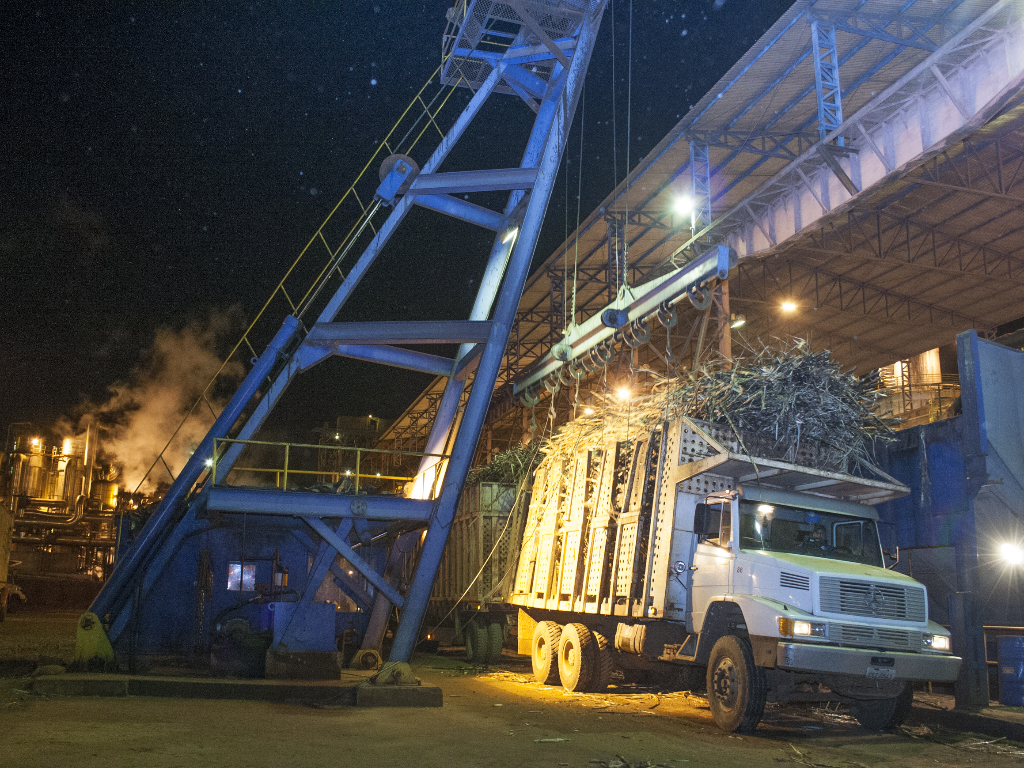INTRODUCTION
This report aims to analyse the data from July 2024 across different regions of the country. Both NIR and wet chemistry data were analysed; however, this report focuses specifically on the NIR data due to its critical role in our transition to the new payment mode. It is crucial to recognize that high quality and reliable NIR data are essential for achieving our objectives. Continuous calibration of the model has led to improvements, bringing us closer to the desired outcomes.
ANALYSED PARAMETERS
Pol- the sucrose content in the cane juice
Brix- Total soluble solids in the cane juice
Moisture- the amount of water present in the cane at the time of analysis
Fibre- the non-sucrose organic material in the cane
It is important to note that these parameters may be influenced by various factors, including harvesting practices, transportation, and weather conditions, which can affect the results either positively or negatively.
A total of 817 samples were analysed across all regions for the reporting month. The regions are represented by the CTUs as follows:
- Western Region: (Butali CTU, Nzoia CTU, Mumias CTU, and West Kenya CTU)
- Nyanza Region: (Kibos CTU, Chemelil CTU, and Muhoroni CTU)
- South Nyanza Region: (Sony CTU, Transmara CTU, and Sukari CTU)
- Coast Region: (Kwale CTU)
The report includes average data from samples analysed across the country during the reporting month of July 2024in the table below.
|
REGION |
POL% |
BRIX% |
MOISTURE% |
FIBER% |
PURITY |
|
Western |
10.82 |
13.32 |
68.34 |
18.10 |
81.11 |
|
Nyanza |
11.48 |
14.04 |
67.45 |
18.49 |
81.73 |
|
South nyanza |
12.44 |
14.82 |
69.67 |
15.52 |
83.94 |
|
Coast |
- |
- |
- |
- |
- |
CHALLENGES
- Some regions, such as the coast, were unable to report data due to factory closures caused by a shortage of cane.
- Certain CTUs (Cane Testing Units) could not report data due to unavoidable constraints with the mills.
- Some analysed samples contained significant amounts of extraneous material, such as trash and mud.
- There has been a drop in the values of the measured parameters, which may indicate harvest of young and immature cane.
RECOMMENDATIONS
- Mills should develop a comprehensive plan for cane planting to mitigate shortages and ensure continuous milling.
- Stakeholders should be educated on best practices for cane harvesting, loading, and transportation to improve data quality and consistency.
CONCLUSION
The analysis of the NIR data for July 2024 has provided valuable insights into the current state of our operations. Despite some challenges, such as regional data reporting issues and the presence of extraneous materials in samples, the improvements in data quality through continuous model calibration are promising. By addressing the identified challenges and implementing the recommended strategies, we can enhance the accuracy and reliability of our data, thereby supporting a more effective transition to the new payment model. Ongoing efforts to refine our practices and systems will be crucial in achieving our objectives and ensuring the success of future operations.
Prepared by:
Etherly Barasa
Nzoia Cane Testing Unit

